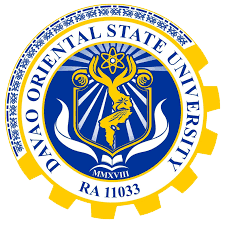Cost and Benefit Analysis of Different Integrated Pest Management Strategies for Mango Production
DOI:
https://doi.org/10.59120/drj.v1i1.78Keywords:
economic threshold level, anthracnose, mango leafhopper, return of investment, fruit flyAbstract
Eight integrated pest management strategies (including farmer's practice) against major pests of mango were evaluated and compared based on cost and return analysis from January to June 1996 at the Central Mindanao University Mango Orchard in Bukidnon. Based on protection provided against pests, yield, net income and return of investment (ROI) obtained, IPM 7 (spraying based on economic threshold level, ETL + bagging), IPM 4 (pruning one month before flower induction + spraying based on ETL + bagging), [PM 1 (pruning one month before flower induction + fungicide + spraying based on ETL + bagging) and IPM 6 (fungicide + spraying based on ETL+ bagging) are recommended since these IPM strategies gave similar marketable yields ranging from 59.3 to 66.9 kg net incomes ranging from P774.69 to P872.86 and ROT's ranging from 658.33% to 739.59%. Data were obtained from 100 sample panicles per tree. Without sanitary pruning and bagging of fruits, mango yield, net benefit and ROI considerably decreased even if recommended pesticides were applied. Calendar spraying with recommended fungicide and insecticide may provide better protection of mango flowers and fruits from fruit flies, leafhoppers and anthracnose but this strategy was more expensive resulting in very low to negative net returns.
Downloads
References
Bato, S. M., (1978). The Biology, Ecology and Control of. clypealis Leth. Ph. D. Thesis. UPLB, Laguna, Phil.

Downloads
Published
Issue
Section
License
Copyright (c) 1998 Edito B. Sumile

This work is licensed under a Creative Commons Attribution-NonCommercial 4.0 International License.
DRJ is an open-access journal and the article's license is CC-BY-NC. This license allows others to distribute, remix, tweak, and build on the author's work, as long as they give credit to the original work. Authors retain the copyright and grant the journal/publisher non-exclusive publishing rights with the work simultaneously licensed under a https://creativecommons.org/licenses/by-nc/4.0/.





